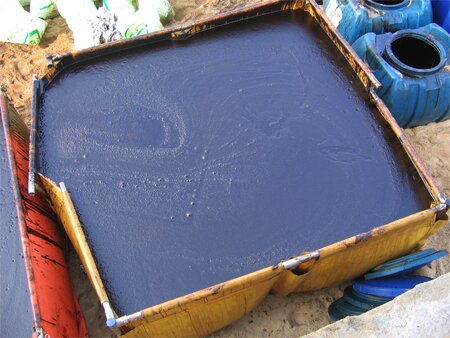Comparison and assessment of waste generated during oil spills (2014)
1 September 2014

Tim Wadsworth, Technical Support Manager
Paper presented at the 2014 International Oil Spill Conference (IOSC), 6-8 May 2014, Savannah, Georgia, USA Experience has shown that the most time-consuming and costly component of a response to an oil spill is often the treatment or disposal of collected waste. The amount of waste generated is dependent on many factors, some which may be controlled more readily during the response.
This paper analyses a number of important incidents as a result of which spilled oil affected shoreline resources with significant resultant clean-up effort. Spills of crude oil and of heavy fuel oil carried as cargo in tankers are reviewed to determine the types and volumes of waste generated and the clean-up methods undertaken to generate that waste. A comparison of the incidents will allow the most effective response methods to be determined, to show the techniques that generated the least volumes of waste. Data from DEEPWATER HORIZON is included to allow a discussion of the associated response.
To achieve a practical comparison, the amount of waste is balanced against the amount of oil spilled to determine the oil:waste ratio. This ratio has evolved over many years into a long held guideline, used often for the purpose of contingency planning, that the amount of waste generated during an incident is approximately ten times the amount of oil spilled. This paper shows that with appropriate response actions, the guideline can be upheld.
